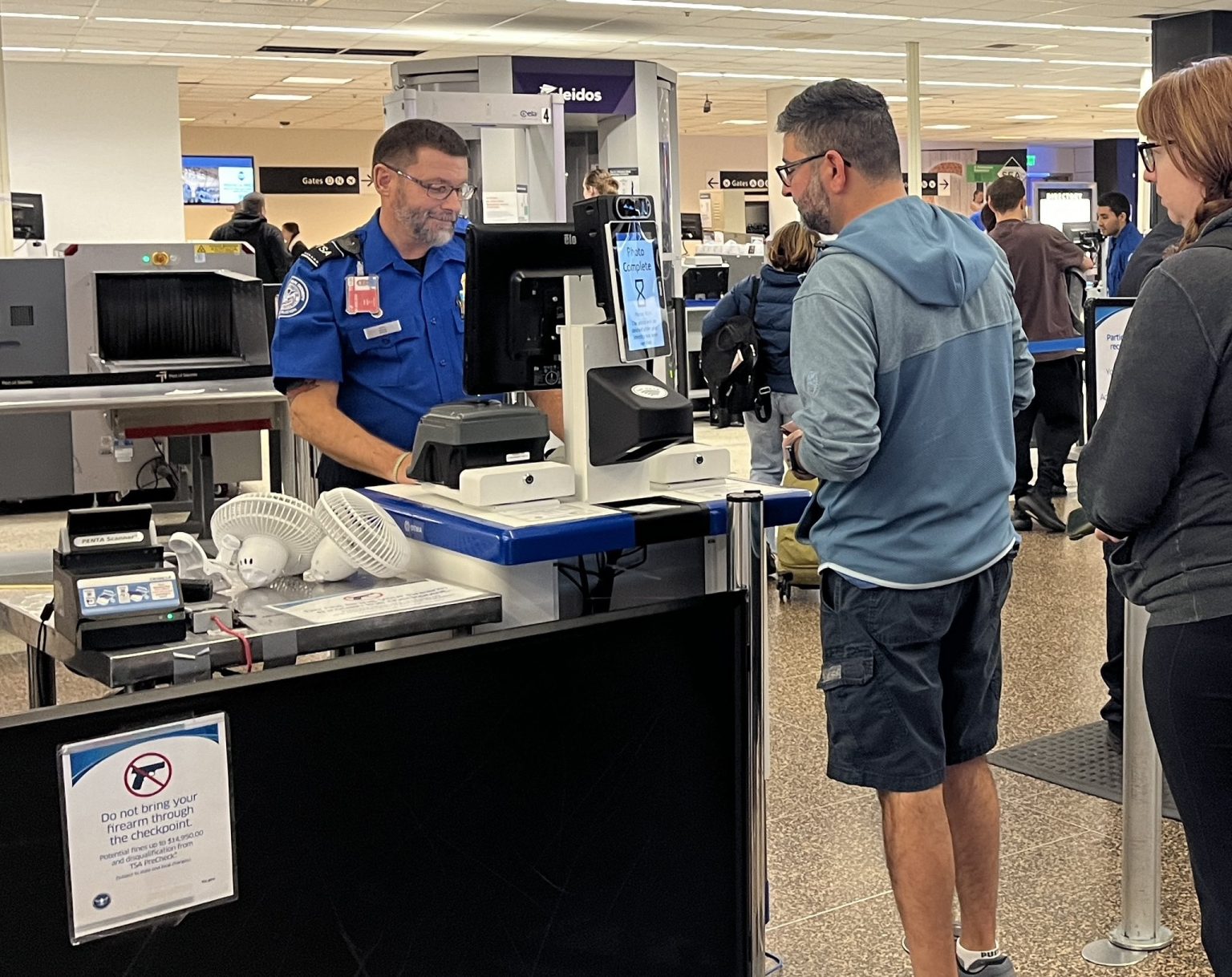Facial recognition technology is being introduced at TSA checkpoints at Seattle-Tacoma International Airport, aiming to speed up the security screening process. The latest-generation Credential Authentication Technology (CAT) units are able to quickly and accurately verify the identity of travelers by comparing their ID photo to a real-time photo captured by the units using facial matching technology. This goes beyond the capabilities of first-generation machines, which only confirm the traveler’s ticketed status and detect counterfeit IDs. The biometric technology used by CAT-2 units analyzes unique facial features that remain consistent even with changes in appearance such as weight loss or gain.
Photos captured by the CAT-2 units are stated to never be stored or used for any other purpose than immediate identity verification. Travelers also have the option to opt out of the facial recognition process in favor of alternative ID verification methods. While the Port of Seattle Commission voted to ban biometric technology for surveillance and security purposes on all its properties in 2021, voluntary facial recognition systems are still permitted. The use of facial recognition technology and biometrics for air travel is becoming more common across U.S. airports, with experts predicting a future where facial recognition is used throughout the entire airport journey, from bag drop to boarding and even shopping at retail stores within the airport.
Airlines are also incorporating facial recognition technology to streamline different processes for travelers. Alaska Airlines is implementing automated bag drops that utilize facial recognition to identify passengers, eliminating the need for each station to be staffed by airline agents. Delta is conducting a Digital ID pilot program at four airports, where facial matching allows some travelers to access dedicated bag drop and security lines without showing ID or boarding passes. TSA officers at SEA Airport are currently undergoing training to use the CAT-2 machines, and travelers can expect to see these units in operation more frequently in the coming weeks.
Despite the benefits of facial recognition technology in enhancing airport security and efficiency, there are concerns about privacy and the potential misuse of biometric data. The opt-out option provided to travelers at Seattle-Tacoma International Airport suggests a level of awareness and consideration for individual preferences regarding the use of facial recognition. It is essential for airports and airlines to prioritize customer privacy and data protection while embracing technological advancements to improve travel experiences.
The rapid advancement of facial recognition technology and biometrics in air travel reflects a larger trend towards digitization and automation across industries. As more airports and airlines adopt these solutions to enhance security and streamline processes, it is crucial for regulations and safeguards to be in place to prevent unauthorized access to personal data and ensure transparency in how biometric information is collected and used. Balancing the convenience and efficiency of facial recognition technology with privacy concerns will be a key challenge for the aviation industry in the years to come.
In conclusion, the introduction of facial recognition technology at TSA checkpoints in Seattle-Tacoma International Airport represents a step towards modernizing and improving the efficiency of airport security procedures. While the adoption of biometric systems offers numerous benefits for travelers and airlines, ensuring the responsible and ethical use of facial recognition technology is essential to protect individual privacy and data security. By implementing clear guidelines, consent mechanisms, and robust data protection measures, airports and airlines can leverage the potential of biometrics while upholding the trust and confidence of passengers in the air travel experience.












